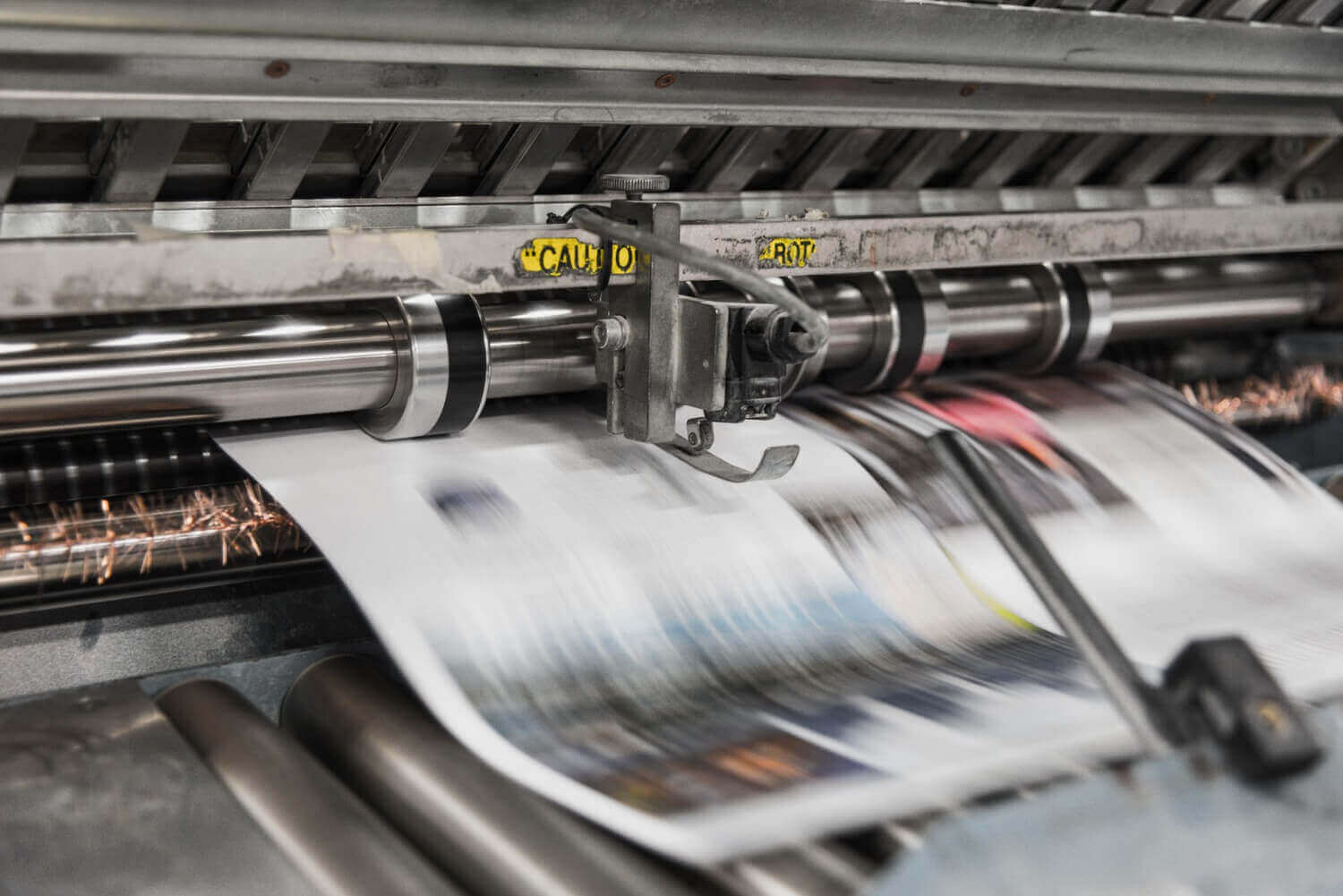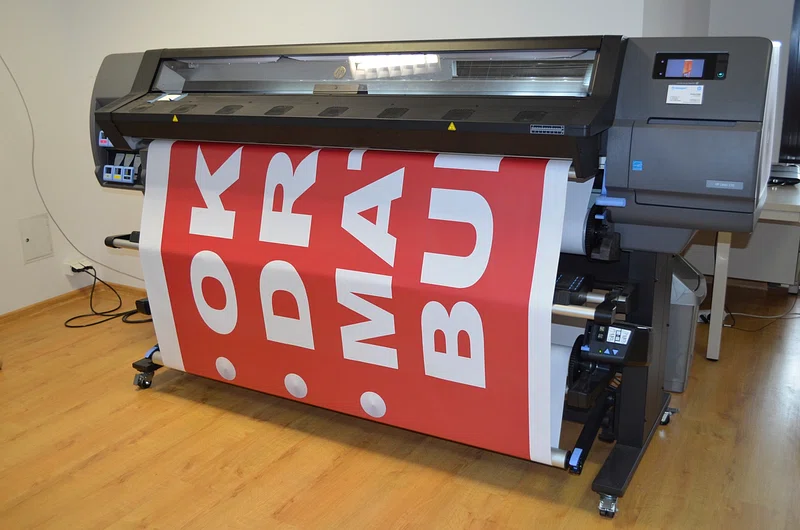Offering custom apparel has never been easier thanks to print on demand.
Offering custom apparel has never been easier thanks to print on demand.
Blog Article
Comprehending Exactly How Digital Printing Changes the Printing Industry
The printing sector, long steeped in conventional approaches, is undergoing a radical transformation with the advent of electronic printing. With its potential to spur involvement via individualized material and to use lasting remedies, it's clear that electronic printing is more than a technological innovation; it's a critical game changer.
The Development of Digital Printing: A Brief Overview
Because its creation, electronic printing has gone through significant makeovers, consistently changing the printing sector. With the arrival of the 90s, digital printing innovation began to develop, and the sector witnessed the intro of direct imaging presses, which got rid of the requirement for publishing plates. As the brand-new millennium unfolded, advancements in modern technology additionally spurred the growth of digital printing, leading to the development of high-speed inkjet printers.

Unpacking the Technology Behind Digital Printing
Digging right into the ins and outs of digital printing technology, one runs into an abundant tapestry of advanced equipment and complicated formulas. At the heart of this procedure lies an electronic image, which is refined by software program that separates it into a grid of dots. This intricate system, reinforced by innovative software application and high-resolution imaging, has actually transformed the landscape of the printing market, leading the means for unmatched levels of information and precision.

The Advantages of Digital Printing for Services
Understanding the modern technology behind electronic printing supplies a clear image of its accuracy and detail. For services, this equates into many benefits. Firstly, digital printing provides unprecedented speed, making it possible for companies to meet tight target dates without jeopardizing on quality. Next, it lowers prices as there are no plates or physical configuration, making it excellent check my reference for small-volume printing jobs. Additionally, this modern technology provides exceptional uniformity with each print output, getting rid of variants frequently seen in typical approaches. Electronic printing is environmentally friendly, making use of less ink and producing much less waste. However, the complete possibility of electronic printing is recognized when made use of for customization and personalization, a subject that will be covered in depth in the next section.
The Role of Digital Printing in Customization and Personalization
While traditional printing methods struggle with modification and personalization, digital printing succeeds in these areas. It permits the simple alteration of layouts, without the need for expensive and taxing plate adjustments (print on demand). This enables organizations to customize products read the full info here to specific customers, conference certain needs and improving consumer satisfaction
Digital printing also permits for variable data printing, where components such as text, graphics, and photos may be transformed from one printed piece to the following, without slowing down the printing process. This is specifically valuable for direct advertising projects, where personalized messaging can considerably enhance reaction prices. In this way, electronic printing not just changes the printing sector however additionally transforms the means services interact with their consumers.
Evaluating the Environmental Impact of Digital Printing
Although electronic printing news has been lauded for its duty in modification and customization, it is crucial to analyze its ecological impact. Digital printing can be less inefficient than traditional techniques, due to the fact that it operates a 'print as needed' basis, removing the demand for big print runs that can lead to excess and waste. Additionally, it uses less chemicals and creates much less unpredictable natural substances (VOCs) compared to balance out printing. Nevertheless, the power use of digital printers can be high, causing boosted carbon impact. The use of non-recyclable printing parts and the obstacle of e-waste administration pose considerable environmental problems. Therefore, while digital printing has lots of advantages, its environmental influence should be conscientiously managed.
Verdict
In final thought, electronic printing has transformed the printing sector, providing rapid, cost-effective, and high-quality remedies - print on demand. Understanding these adjustments is crucial for services to utilize the advantages of electronic printing properly.
Report this page